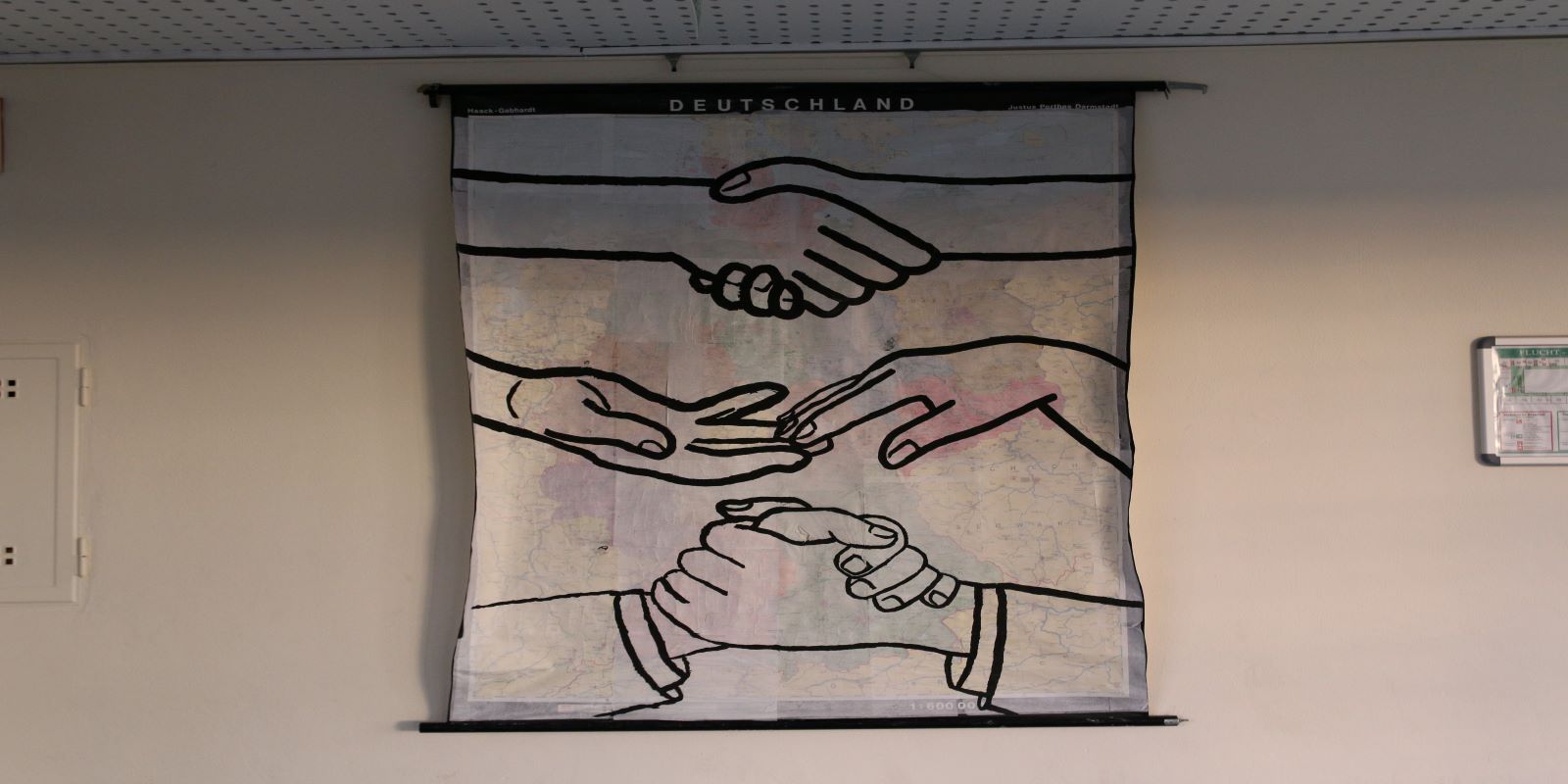Impromptu Speech: Interpreting Picture Prompts (Part 2)

In the first part of this article, you learned how to analyze word prompts to build your thesis. Now, you’ll explore some analysis techniques for another type of prompt, pictures. Picture prompts consist of an image, usually accompanied by a caption. These may be political cartoons, billboard advertisements, comic strips, or even quotes on coffee cups like this one, which was an actual quarterfinal prompt in the 2017 National Forensics Association tournament. Pictures are the most varied of all the prompt types, often carrying a specific message as with sentence prompts, but can also be open-ended like word prompts.
When analyzing a picture, you can apply the following steps:
First, determine the purpose of this image. Identify the people and objects and their relationship with one another. Read the text if any. Note any stylistic choices the artist makes including symbolism, exaggeration, or irony. This will help you interpret the meaning of what you’re seeing. Example: There is a Lego advertisement - there are four yellow Lego pieces that do not look like a dinosaur, but it’s what the shadow implies. However, the message that the company is trying to send is that these Lego pieces could be made into dinosaurs.
Second, consider the context of your picture. Look at the medium, meaning the material or form that the creator or artist is using. How does this medium relate to the message? Since most picture prompts will have text attached to them, you want to consider why this text is relevant in this medium and who may be communicating it. In the Lego example, while there is no text, the medium is clear: it’s a Lego advertisement. So, you know that it’s trying to promote a positive message about its product. Even without a written message, the advertisement is practically shouting the words: creativity, imagination, and fun.
Third, build your thesis statement. Once you’ve determined the picture’s purpose and understand its context, decide how you want to approach the thesis. Generally, if the picture has a message, treat it as a sentence prompt, only now, do you have an additional image to help you determine the tone or hidden meaning. If it’s open-ended like the Lego ad, create the message that you think it’s trying to communicate. The ad, for instance, is likely saying: “Your imagination can go anywhere when you build Lego.” This is a bit too specific for a thesis, so you can broaden the message more by replacing the word Lego. So now you have, “Your imagination can go anywhere when you’re having fun.”
With these analysis and thesis-building skills, we hope that you’ll be able to look at any cupcake, or just see the word “cupcake,” and feel confident enough to speak about it in depth for five minutes. And on that note, it’s time to use your five minutes wisely!

